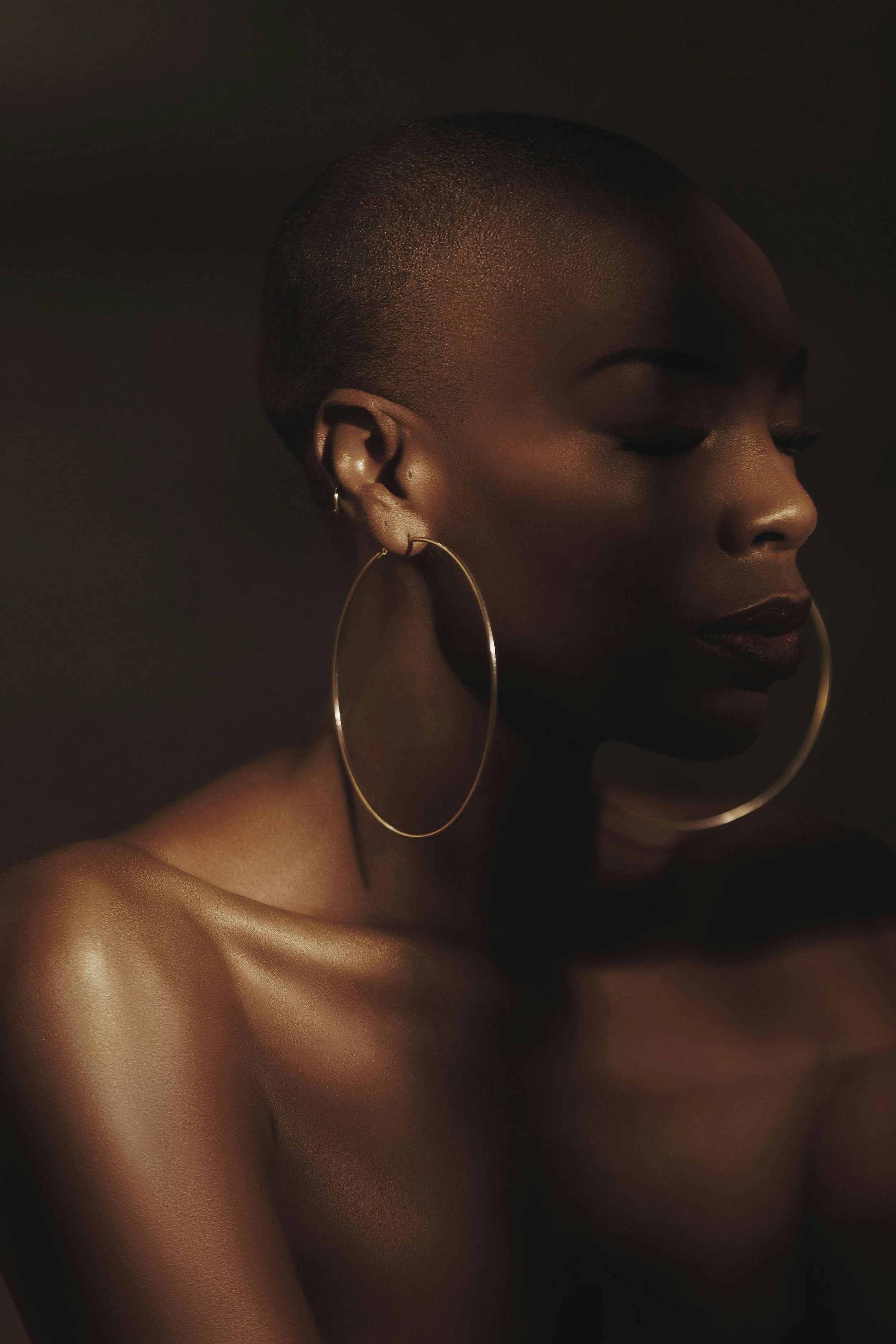Alté vs Classic: Two Sides of Nigeria’s Fashion Scene
Nigeria’s fashion scene is as diverse as its cultures and languages. For every tribe in every region, style is an integral form of self-expression. However, in recent years, a fascinating divide has emerged in the Nigerian fashion scene.
The Alté movement and Classic Nigerian fashion. Both are deeply rooted in identity, yet they differ significantly in the ways they express that identity. One is unconventional, rebellious, and unapologetically individualistic. The other is traditional, timeless, and widely accepted.
So what sets Alté and Classic Nigerian fashion apart? And why are both equally essential to the country’s evolving fashion narrative?
What is Alté Fashion?
The term Alté is short for "alternative." And if you ask the people in this community what it means to be Alternative, they will tell you it's a lifestyle and cultural movement.
To many, this movement began in the early 2010s, alongside Alté music, spearheaded by artists such as Santi, Odunsi the Engine, and Lady Donli. But I like to think it started with the likes of Denrele Edun, Charlyboy, I dare say, as far back as Fela.
However, in those days, there was no specific name for those who were different.
Alté fashion is a rebellion against the mainstream. It borrows from a broad palette, including punk, 2000s nostalgia, Y2K, and vintage streetwear. Alté fashion is gender-fluid, experimental, and often layered with symbolism.
Think mesh tops paired with thrifted trousers, retro sunglasses, neon hair, safety pins, kilts, big belts, leather, and dramatic accessories. It’s not about fitting in, it's about standing out. Alte styling is deliberate and artistic, and carries a “don’t box me in” aura.
The Alte community in Nigeria is a close-knit and ever-growing one. Although there are many popular figures spearheading the movement, it is not widely accepted in Nigeria. The movement is still viewed with skepticism by a significant number of Nigerians, unlike Classic Nigerian fashion.
What Defines Classic Nigerian Fashion?
Classic Nigerian fashion is synonymous with the different cultures found in Nigeria. It is the traditional outfit worn by traditional rulers or for weddings, festivals, church, and special occasions. I am talking about agbadas, George wrappers, lace blouses, buba, and different kinds of gele. Each of these pieces is made with traditional fabrics and styled with appropriate traditional jewellery.
The beauty of Classic Nigerian fashion lies in its evolution, yet it remains true to its roots. Over the years, Nigerian designers have created fusion outfits that balance tradition with contemporary flair. Brands like Deola Sagoe, Lanre Da Silva Ajayi, and Mai Atafo have refined Classic Nigerian fashion into something globally respected and proudly local.
Classic fashion is Nigeria’s legacy. It's elegant, structured, and symbolic, and honours culture. Unlike Alte fashion, which is drawn from the individual, Classic is drawn from one’s tribe and tradition.
Classic fashion is gender-based, non-experimental, and very symbolic.
Why Both Matter
At first glance, Alté and Classic fashion might seem worlds apart—but they are both vital expressions of Nigerian identity.
Alté represents the now. It represents the experimentation, the globalization of African creativity, and the borderless mindset of Nigerians. It challenges conservative norms and embraces freedom of expression.
Classic, on the other hand, connects people to their roots, family traditions, tribe, history, and ceremony. It’s how culture is preserved and displayed with pride, especially in communal settings.
Together, they create a complete picture of Nigeria’s fashion evolution: bold, layered, and constantly in motion. One doesn’t need to cancel out the other—they coexist, overlap, and even influence each other. Some creatives now fuse Alté aesthetics with traditional pieces, creating entirely new subgenres of style.
Where Is It All Going?
As Nigeria’s fashion industry grows, especially with the rise of fashion influencers, content creators, and homegrown brands, so will Alte and Classic fashion. This points to something more profound: Nigerians are no longer forced to choose between the modern and the traditional. They’re curating a space where both can exist and thrive.
In Conclusion
Nigeria’s fashion story cannot be told through a single lens. Whether it's the bravado of Alté or the elegance of ‘Classic’ style, both movements reflect a country unafraid to embrace duality. Alté is the voice of the wild, while classic fashion holds the memory of generations. And in the end, that’s the beauty of Nigerian style—it’s not either/or. It’s everything.


